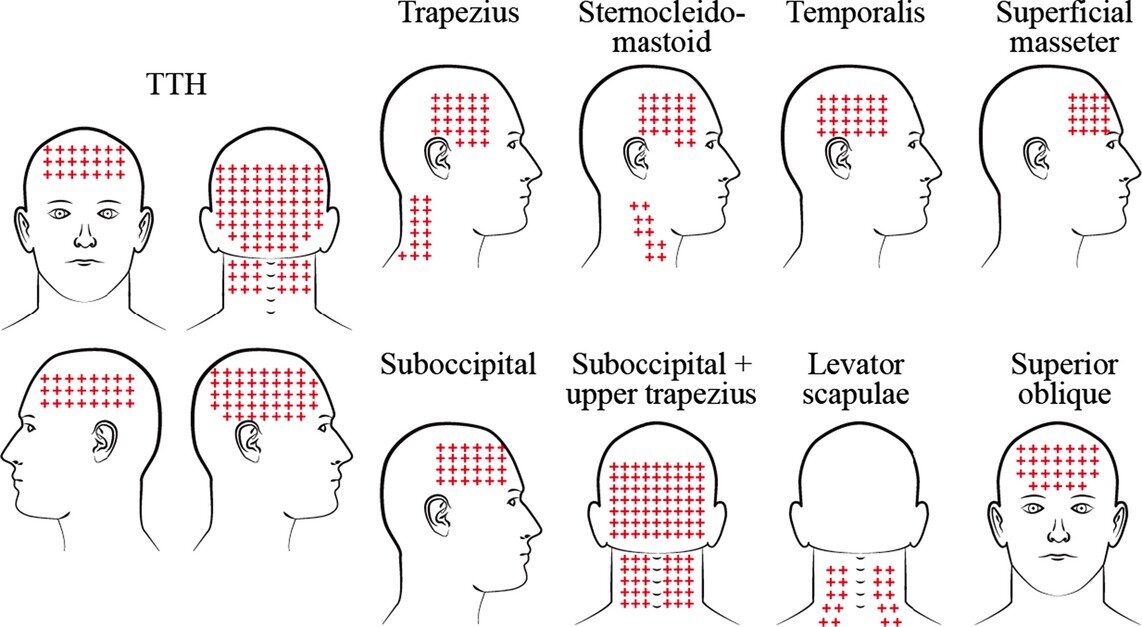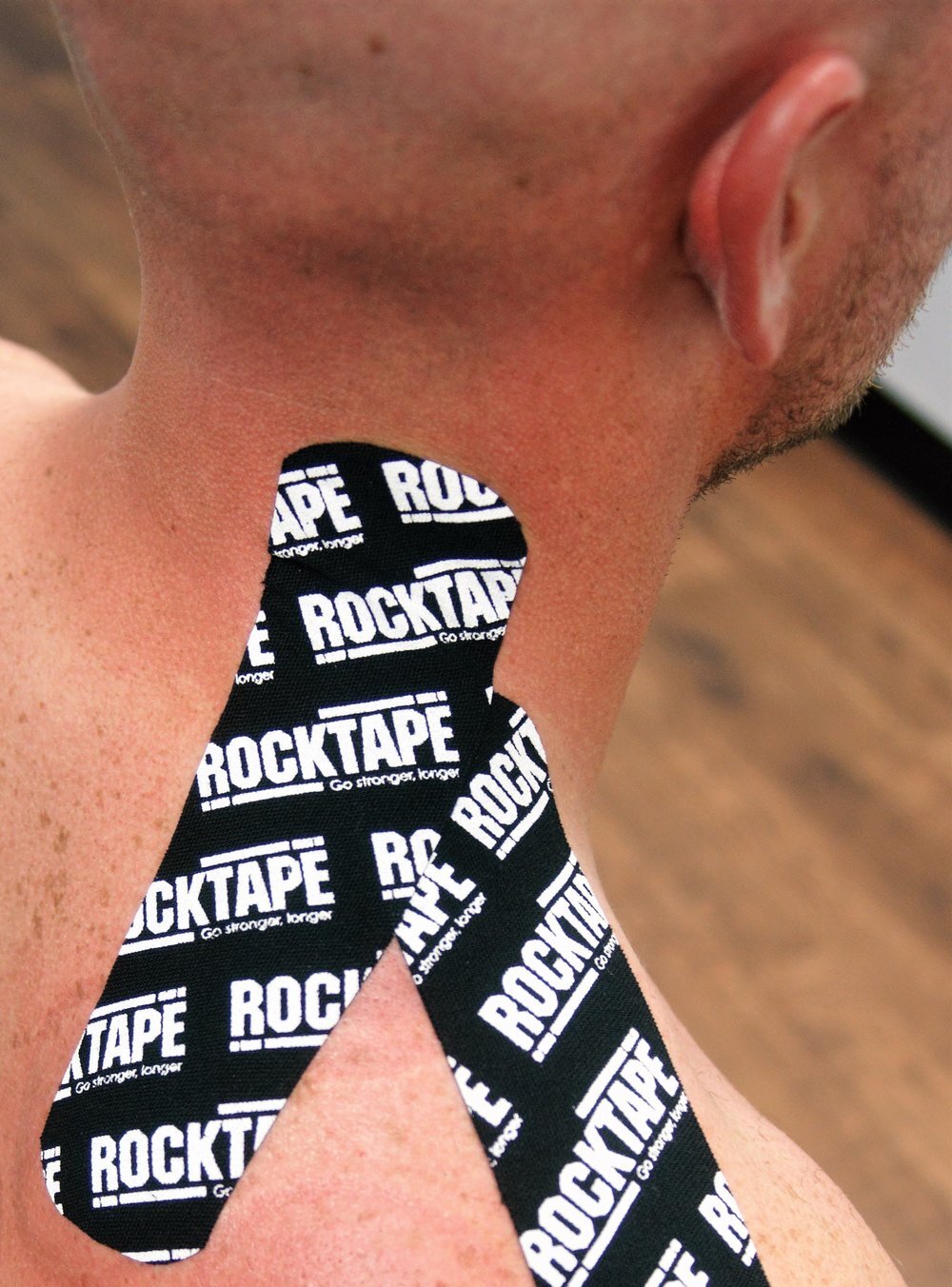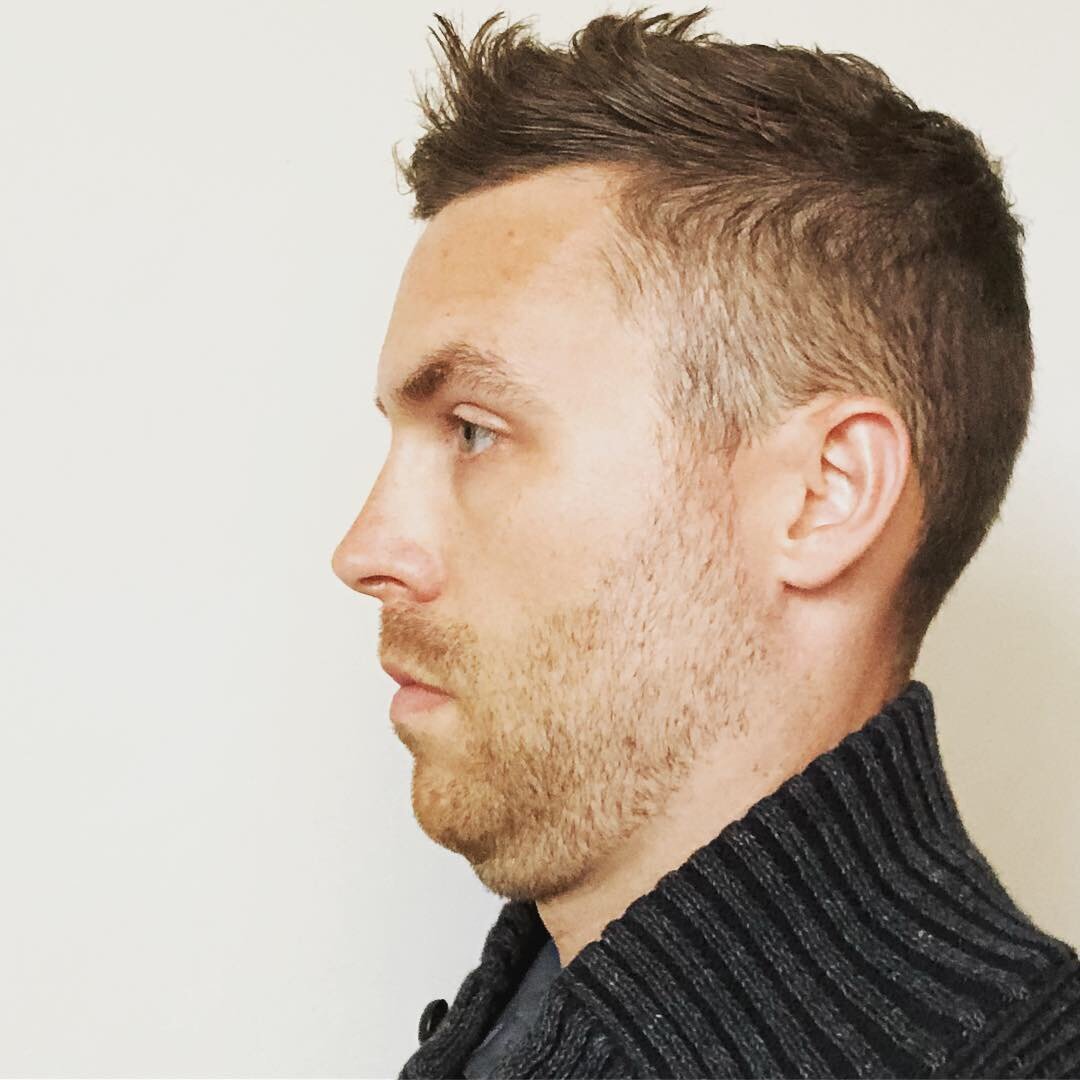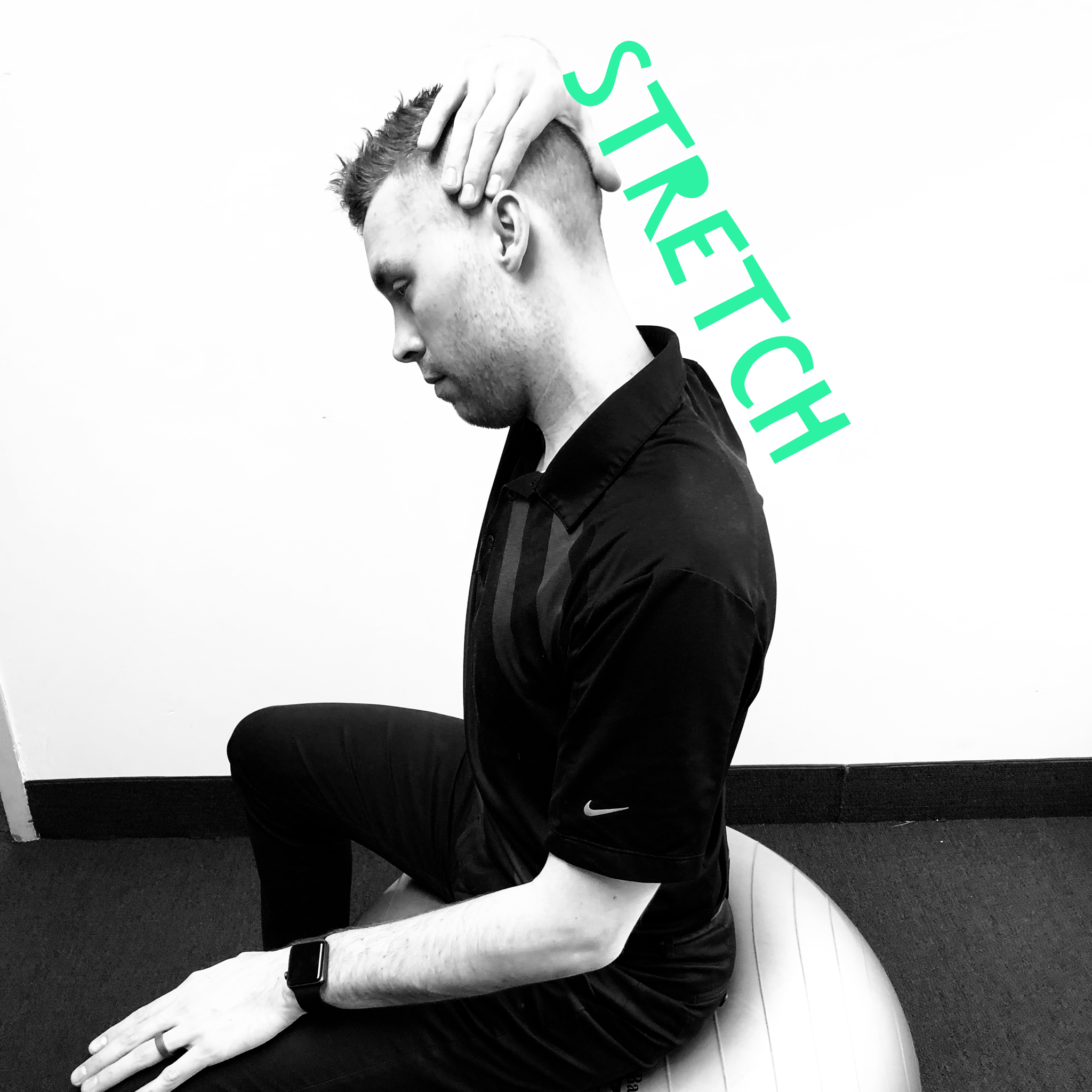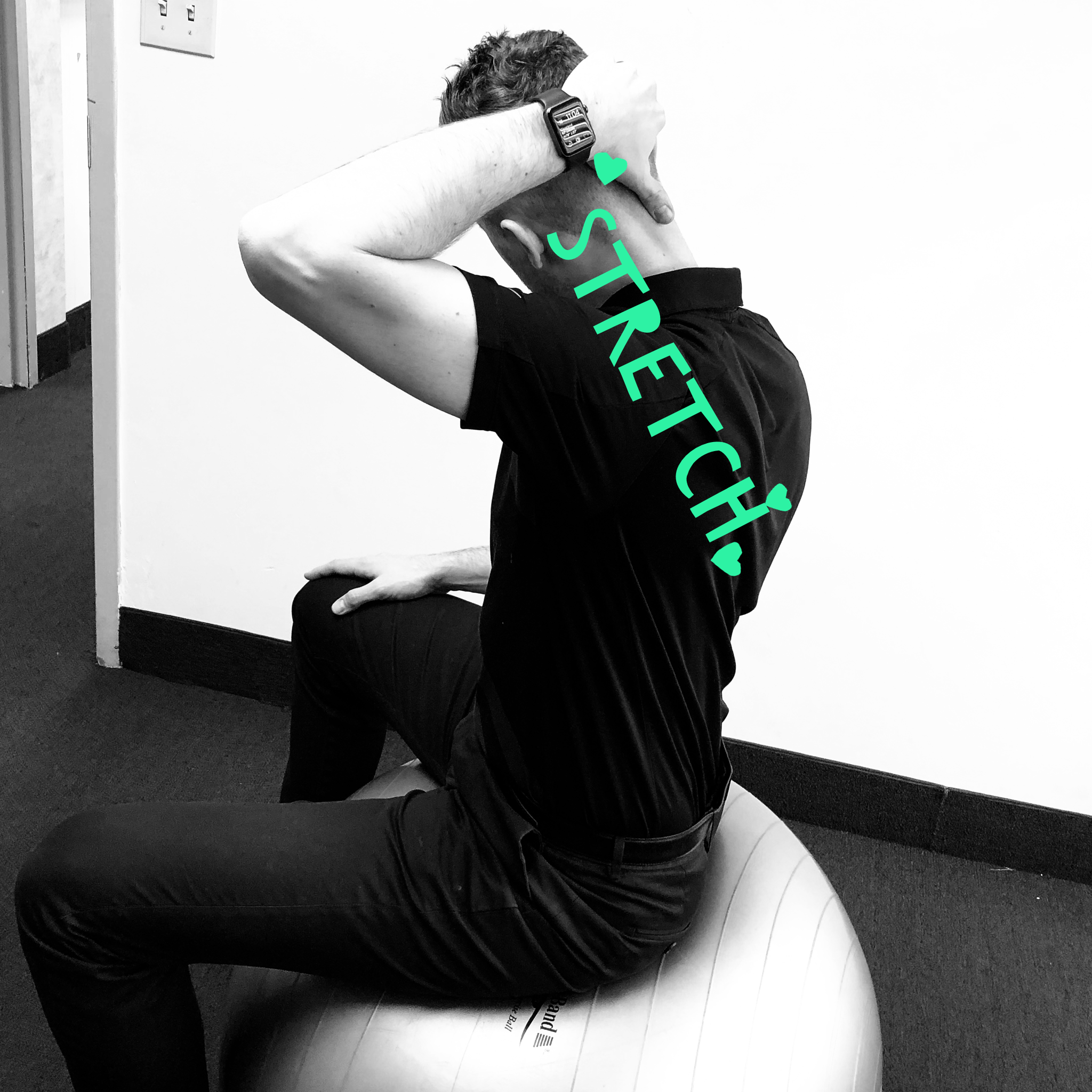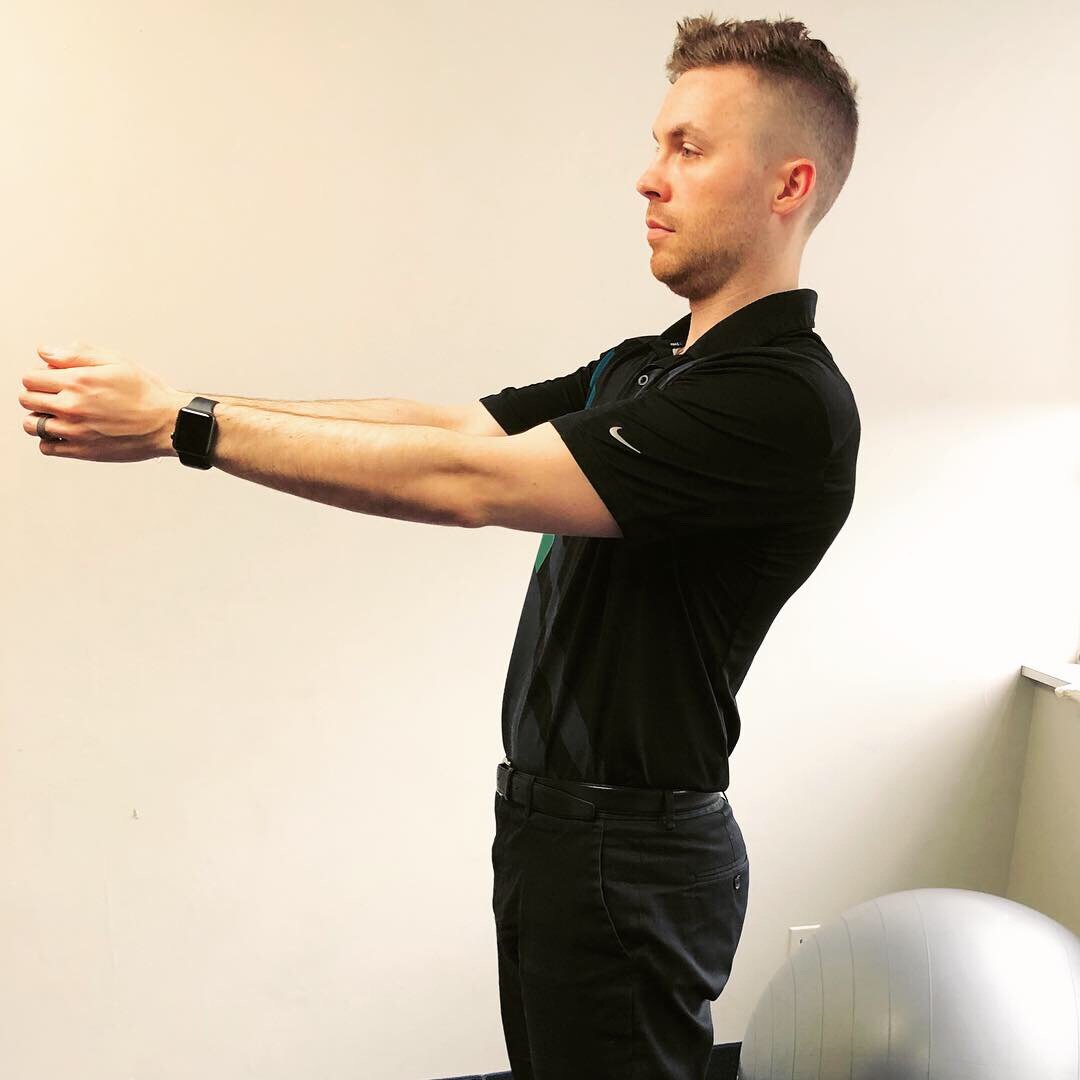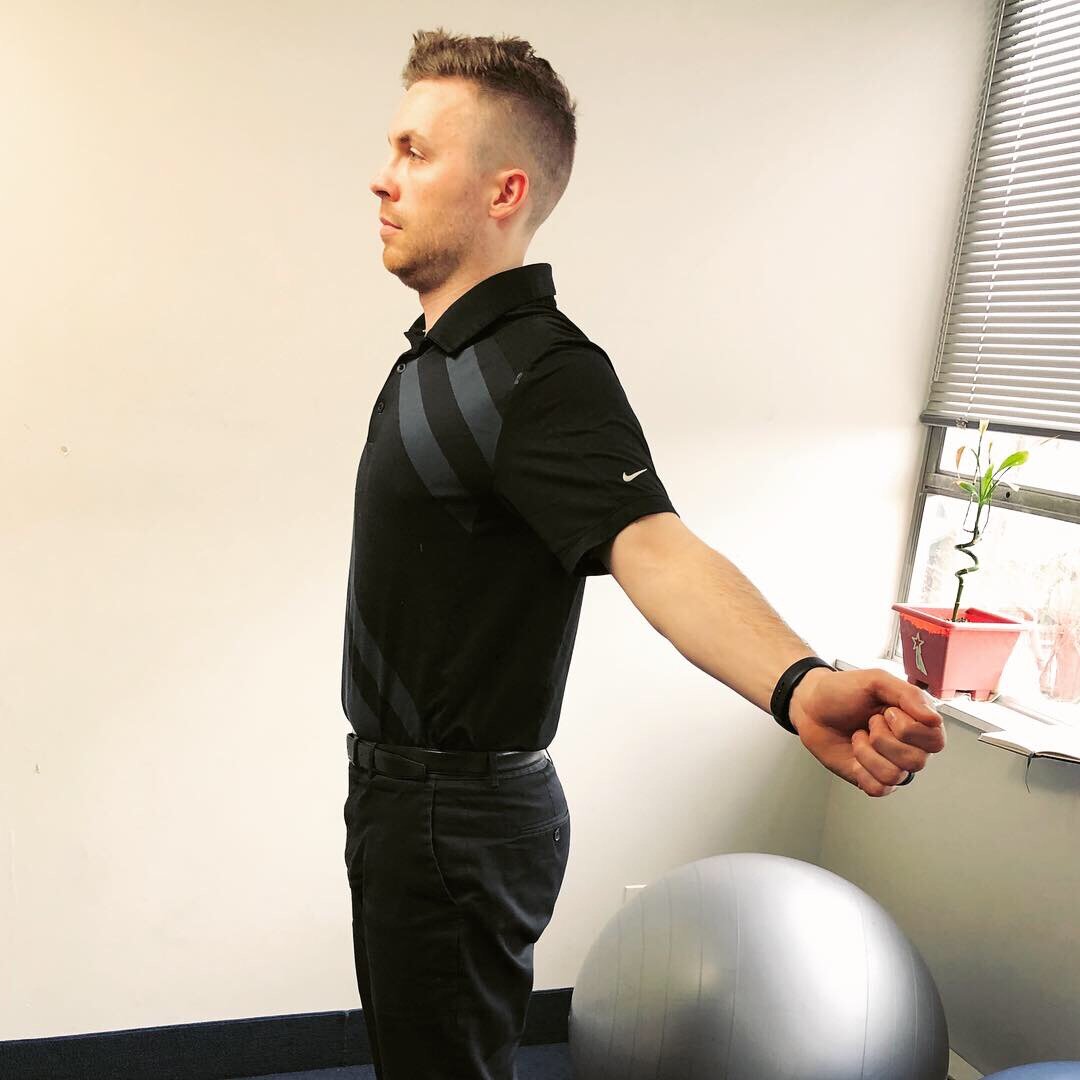Taming That Gaming Headache
Headaches are a pain in the neck (pun intended) and never fun to experience. Deskers and gamers see them more frequently than most of the population. Contrary to popular belief, they don’t “come with the territory” of desk work. One of the most common and treatable are Tension headaches.
(photo credit airrosti)
(photo credit Wiley Online)
However, TH commonly feels as though they originate from the suboccipital region. The suboccipital muscle group (see picture below) with the rectus capitis posterior minor playing the most significant role.
Recent studies have also linked the upper cervical region’s connective tissue and occiput to having a significant part in TH headaches. The fibers of this connective tissue cause restrictions in the movement of the dura surrounding the spinal cord.
What are the common symptoms?
TH are commonly linked to overactivity of the cervical spine and the surrounding musculature. I see these headaches present with the following symptoms:
Originates from below the skull
Radiates from the temporal region to behind the eyes or frontal region of the head
The pain can sometimes radiate over the crown of the head
Reproduced if with pressure on the suboccipital region
The range of motion of your neck is more restricted than normal
The musculature around your neck feels tight, ropey, or even harder than normal
TH pain presents as a tight, compressive, tense feeling or even vise-like as some patients have described. Rarely do these headaches present with a throbbing sensation. If you are questioning whether to seek immediate care, I’ve made a quick guide below.
Sudden severe onset
Pain is due to recent trauma
Nausea or vomiting
Seizure type symptoms occurring
Blood pressure is out of normal range
Known history of cancer
Neurological symptoms or cognitive changes
Treating your TH
Now that you’ve done the systems check and all signs are pointing to a muscular-based headache, it’s time to treat it. Our first priority is taking a look at your set up which is most likely the root of your problems.
I’ve broken down the chair, desk, monitors, and peripherals along with their placement here. This post will also explain the role of ergonomics in mental performance while gaming or desking.
For headache symptoms, you will want to focus first on monitor setup. Fixing the actual behavior or problematic position for your pain is the key to making the long-term fix. You can do all the stretches, exercises, and treatment you want, but if you aren’t fixing the cause, then you're wasting time.
The other great thing about ergonomics is the fact it’s a passive health aid. By placing our bodies in an optimal position, we can minimize the tissue strain. All the while, we are still able to work while the setup does all the work.
Chiropractic manipulation
It’s probably apparent that I’m a huge fan of chiropractic care (for obvious reasons), but it works. I would seek out chiros that have an emphasis on soft tissue work and rehab-based practice.
Chiropractors can also manipulate/mobilize the vertebrate, which helps put motion into the joints of the neck. When muscles spasm, they will, in turn, lock down the joints of the neck and back. You have felt this sensation numerous times and knew it as having a stiff neck or a “crook” in your neck.
Manipulation/mobilization relieves this stiffness and puts much-needed motion into joints. As I always say, “The body loves movement.” So the more we can incorporate, the better you’ll feel both in the short and long term.
Manual therapy
Transverse Friction Massage, Myofascial Release Technique, and Fascial Distortion Model are just a few techniques that work well for tissue relief. The primary goal of myofascial work is to release the adhesions within the muscles and tendons. Once again our goal is to mobilize the tissue to restore normal function.
You will want to focus on the suboccipital, trapezius, levator scapulae, and the spleni group of the neck for our TH. This group of muscles are the main culprits of CH and are chronically tight in gamers. If you have ever had a “knot” or spasm in your neck, tissue work is what you will first need to address.
There are also some excellent tools on the market for self-mobilization of soft tissues like Hyperice’s Hypervolt or the Back Buddy.
Rock Tape
I use this form of bracing and stability almost every day in my practice. This form of bracing adds stability but also allows the upper back and neck to move freely.
The tape puts a stretch on the tissues, which makes them feel compressed and secure. When the body feels secure, the muscles relax, and the muscle spasms are significantly reduced.
OTC Medication
My schooling in regards to medication was limited, and therefore this section will be brief. Whatever remedy you commonly use for pain relief already (Ibuprophen, Tylenol, Aleve, etc.), use it as recommended by your primary physician.
Coffee has also seen some success with TH pain due to the caffeine component. Plus, having to drink coffee is a tasty form of relief.
Heat/Cold Packs
I have a simple philosophy when it comes to heat and cold packs. “If the area feels stiff, tight, or tense….heat it. If the area is sore, achy, or throbbing….ice it.” Of course, there are special circumstances where you would want to use one over the other, but as a general rule, this works.
We will be using heat to help relax the muscles, promote motion, and increase blood flow within the area for our TH purposes. If your headache feels achy or throbbing in nature, then ice is your best bet.
In the past, I’ve found relief with ice (wrapped, of course) on the forehead and heat on the soft tissue on the back of the neck. The duality here works like a charm.
Stretches
There are numerous variations for stretching the neck and upper back region, with everyone claiming their way is the best. Here’s a couple that have worked for me over the years, but I encourage some self-research to find which stretches work best for you. Simply stretching problematic areas is never the answer, as we always want to be adding stability to these areas for long-term benefits.
Suboccipital stretch
Duration approximately 10-20 seconds
Do not pull your head down
The goal is to tuck your chin to your chest (make yourself have an extra chin)
Trap stretch
Duration approximately 10-20 seconds
The goal is to lightly traction the head almost at a 45-degree angle. Think of going up and over a tiny little fence.
Do not pull your head straight down or to the side.
Levator Stretch
Duration approximately 10-20 seconds
The motion of the arm is an arc 120 degrees down to the opposite knee
The movement of the head is to follow the hand throughout the motion down to your opposite side knee
Brueggers stretch
This should be performed almost every hour of the workday while sitting.
Bruegger's exercise stretches structures that are overactive/tight and contracts structures that are strained/lengthened throughout the day.
Duration approximately 10-20 seconds
Shoulder/Neck Complex
The neck is the low-hanging fruit (an apple a day maybe? Doctor joke, sorry) of the CH issue, but my philosophy is always the “Whole Gamer Approach.”. In this case, we put the microscope on the shoulder and its relationship with the neck.
They both play a crucial part in the other’s stability and mobility via connective tissue, musculature, and innervation. An example is the forward rounding of your shoulders, which inherently causes your neck to flex forward. Try it…….see
Therefore, we need to address the muscles that retract and stabilize our shoulders (activation of the lower/mid trapezius and rhomboids) to optimize our neck’s mobility and stability.
Everything is connected *in my Jeff Goldblum voice.
The Wrap Up
Suffering from these headaches is rough, but I hope this post helped guide you in the right direction. Please use my blog as a resource for setup questions, conditions or email me any questions you may have.
If you are in the Cleveland area, please contact Cleveland Clinic Wellness Center if you have any further questions.




